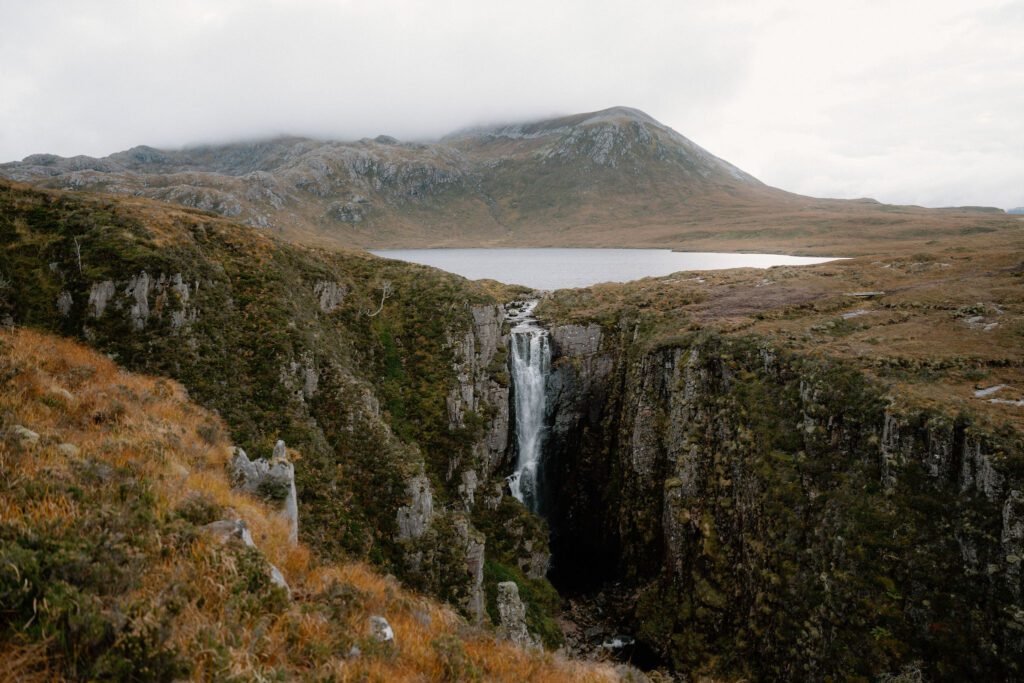

Search attractions, accommodation, food & drink and more…
Table of contents:
Seemingly on the very edge of Europe, Caithness stretches far into the North of Scotland, where miles of untouched, pristine wild landscape awaits.
The most Northerly part of mainland Britain, Sutherland has over one million acres of Europe’s best natural scenery. An area that was one of the most populous fishing spots in the country, Sutherland’s rugged coastline is very sparsely populated. However, its quaint coastal towns are well worth a visit to truly disconnect from the hustle of the city. Sutherland has also established itself as a haven for some well-known faces and a feature of many cultural works. It was frequently visited by Beatle John Lennon, as well as being the birthplace of the ‘Orkney Bard’ George Mackay Brown. In literature, novels by Rosamunde Pilcher and M.C Beaton’s Hamish Macbeth series are all set in Sutherland, as well as the short story ‘Monarch of the Glen’ by Neil Gaiman.
Where would you like to visit?

There’s no denying Sutherland’s biggest pull is its natural scenery, from stretches of coastline and world-famous beaches to the peaks of hills and mountains that cross this unique part of the country. Like much of the far north of Scotland, the region is heavily associated with prehistoric constructions, likely remnants from the Pictish community. Sutherland has also, until recently, had a thriving fishing industry, with plenty to catch from its closeness to both the Atlantic and the North Sea.
Facing the Atlantic Ocean to the north and the North Sea to the east, Sutherland was prime location to be invaded by the Norse in the early centuries of history. In fact, it was the Norse invaders who gave it its name – ‘Suder – land” meaning Southern Land. The county was settled by both the Pictish and Scots, alongside the neighbouring county of Caithness, before Norwegian Vikings arrived in the 9th century. It remained under their control until the 12th century when the then King of Scotland William the First seized it back and promptly handed it over to a friend, who then gave it to his son.
The region was watched over by generations of the Dukes of Sutherland, who were eventually responsible for the devastating ‘Highland Clearances’ of 1810-20. As roads were built and the region modernised, families were forcefully evicted from their homes, prompting mass emigration from Scotland to other parts of the world. The region remains particularly poor in relation to the rest of Scotland and very sparsely populated, though with tourism and agriculture, as well as a thriving coastal community, it remains a very special part of Scotland.
Getting around
Some roads are challenging in Sutherland, though it’s largely served by the A9 in more densely populated areas. Stagecoach buses link some of the towns in the county with Inverness and a rail service is offered via the Far North Railway Line and a Far North Bus Company that provide services for the west of the county.
Getting there
The nearest airport to Sutherland is Inverness and Aberdeen. Rail services from Inverness and Aberdeen also connect to the Far North Line in the county. The A9 road runs through the region, though country roads become more difficult to travel on in certain rural areas.
When to go
Early spring is the most magical time of year to visit Sutherland – the mountains still have a little snow, but the temperature has warmed a little to enjoy the beaches and coast. Summer is also a popular time to visit – especially if you like a little sunshine, but not too much heat.
Where to stay
Sutherland has a variety of unique accommodation options, largely centred around the coastline. Dornoch, Tongue, Assynt and Lairg are particularly popular, though a number of the smaller villages and settlements have isolated cabins, bothys and cottages for rent.
Eating & drinking
There’s a thriving foodie culture in Sutherland – if you know where to look. Thanks to its closeness to the Atlantic and North Sea, fresh seafood can be found on every menu, as well as fresh fish caught from local lochs – think crabs, langoustines, mussels and lobsters.
Have you tried our planning tools?

WIN
A 2 NIGHT STAY
AT THE GART MANSION

This prize includes a champagne reception, three course meal and a breakfast hamper on both mornings. And is worth over £10,000.
Already have an account? log in here
You are now signed up for the Hidden Scotland Journal, a free weekly email. Would you also like to gain free access to the full features of Hidden Scotland? To find out more sign up below.
Already have an account ? Log in here
By entering your email, you agreee to recieve marketing emails from Hidden Scotland